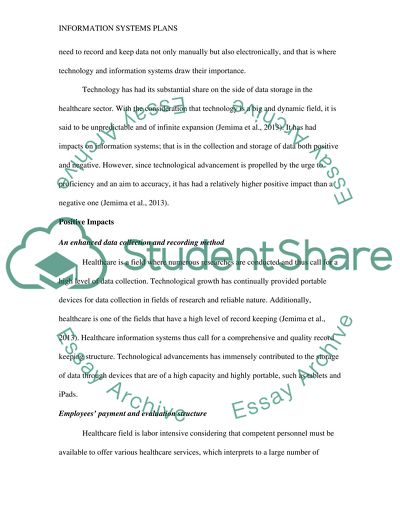Cite this document
(“Technologies and Strategic Information Systems Plans Research Paper”, n.d.)
Technologies and Strategic Information Systems Plans Research Paper. Retrieved from https://studentshare.org/health-sciences-medicine/1476684-technologies-and-strategic-information-systems
Technologies and Strategic Information Systems Plans Research Paper. Retrieved from https://studentshare.org/health-sciences-medicine/1476684-technologies-and-strategic-information-systems
(Technologies and Strategic Information Systems Plans Research Paper)
Technologies and Strategic Information Systems Plans Research Paper. https://studentshare.org/health-sciences-medicine/1476684-technologies-and-strategic-information-systems.
Technologies and Strategic Information Systems Plans Research Paper. https://studentshare.org/health-sciences-medicine/1476684-technologies-and-strategic-information-systems.
“Technologies and Strategic Information Systems Plans Research Paper”, n.d. https://studentshare.org/health-sciences-medicine/1476684-technologies-and-strategic-information-systems.


